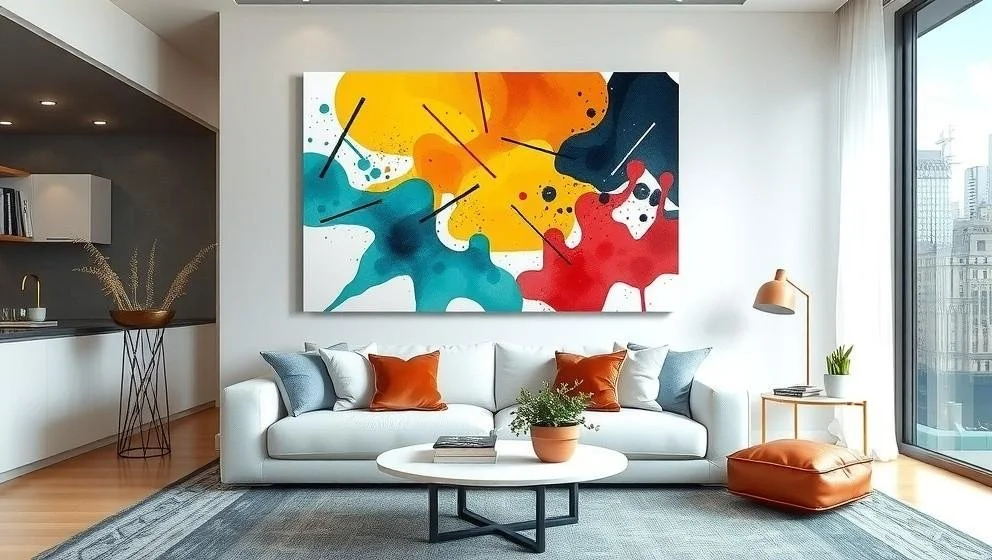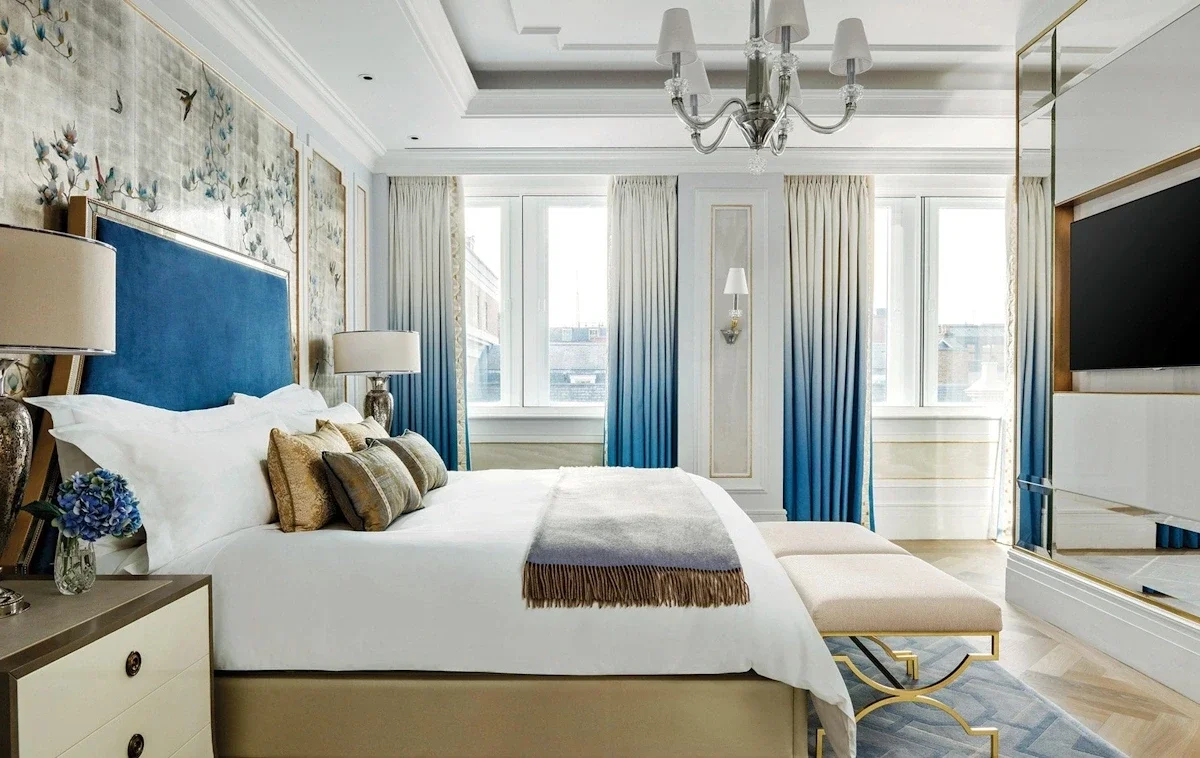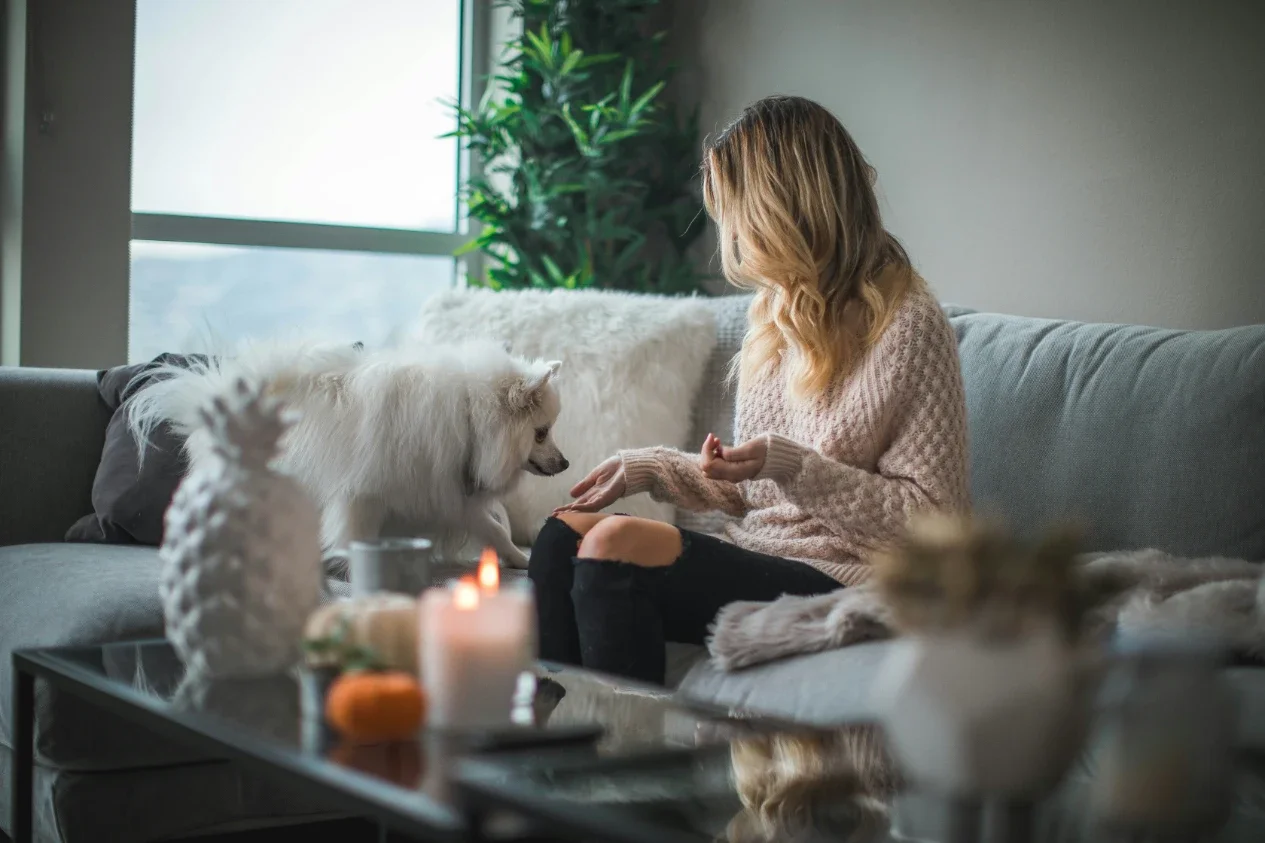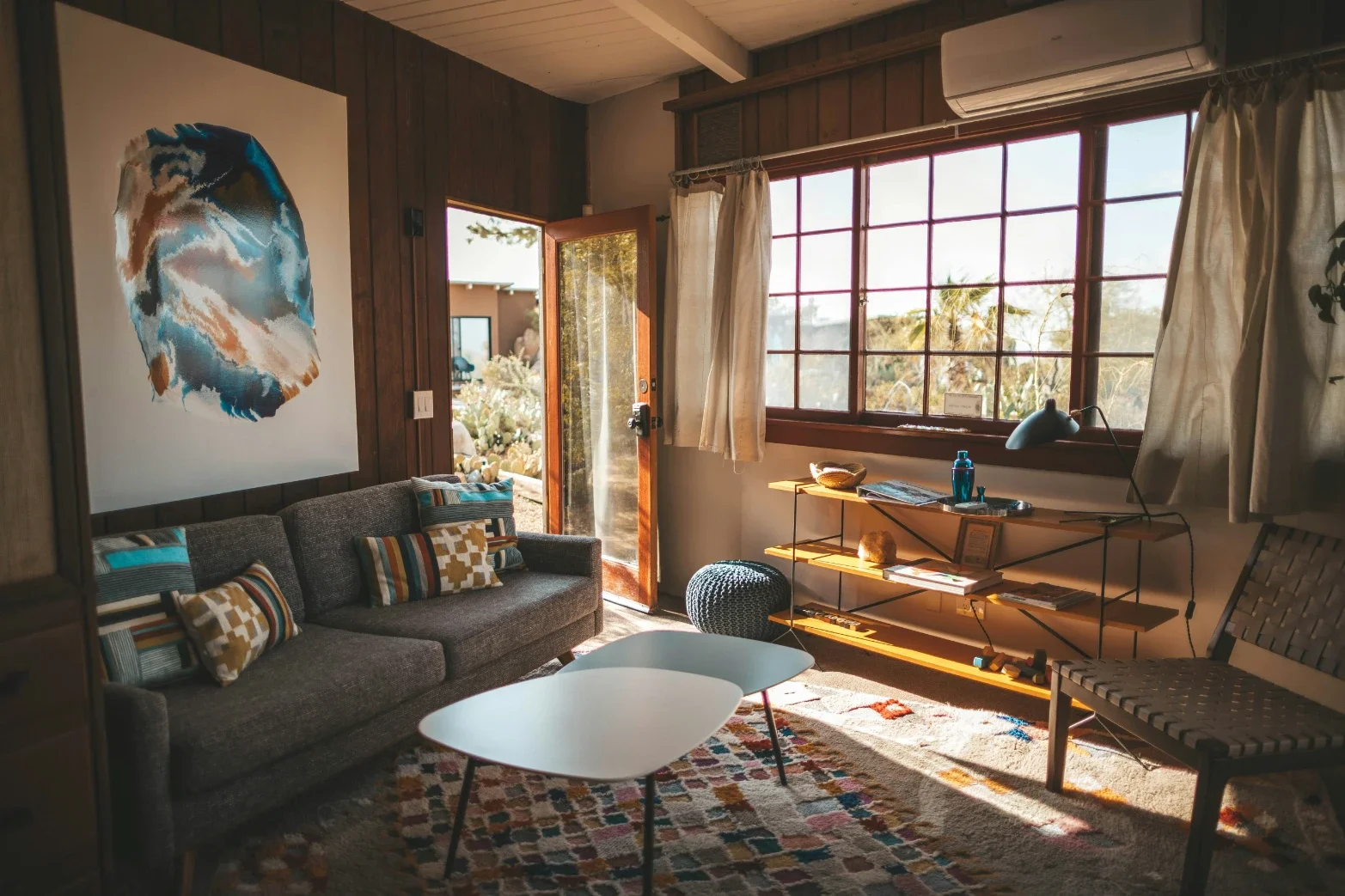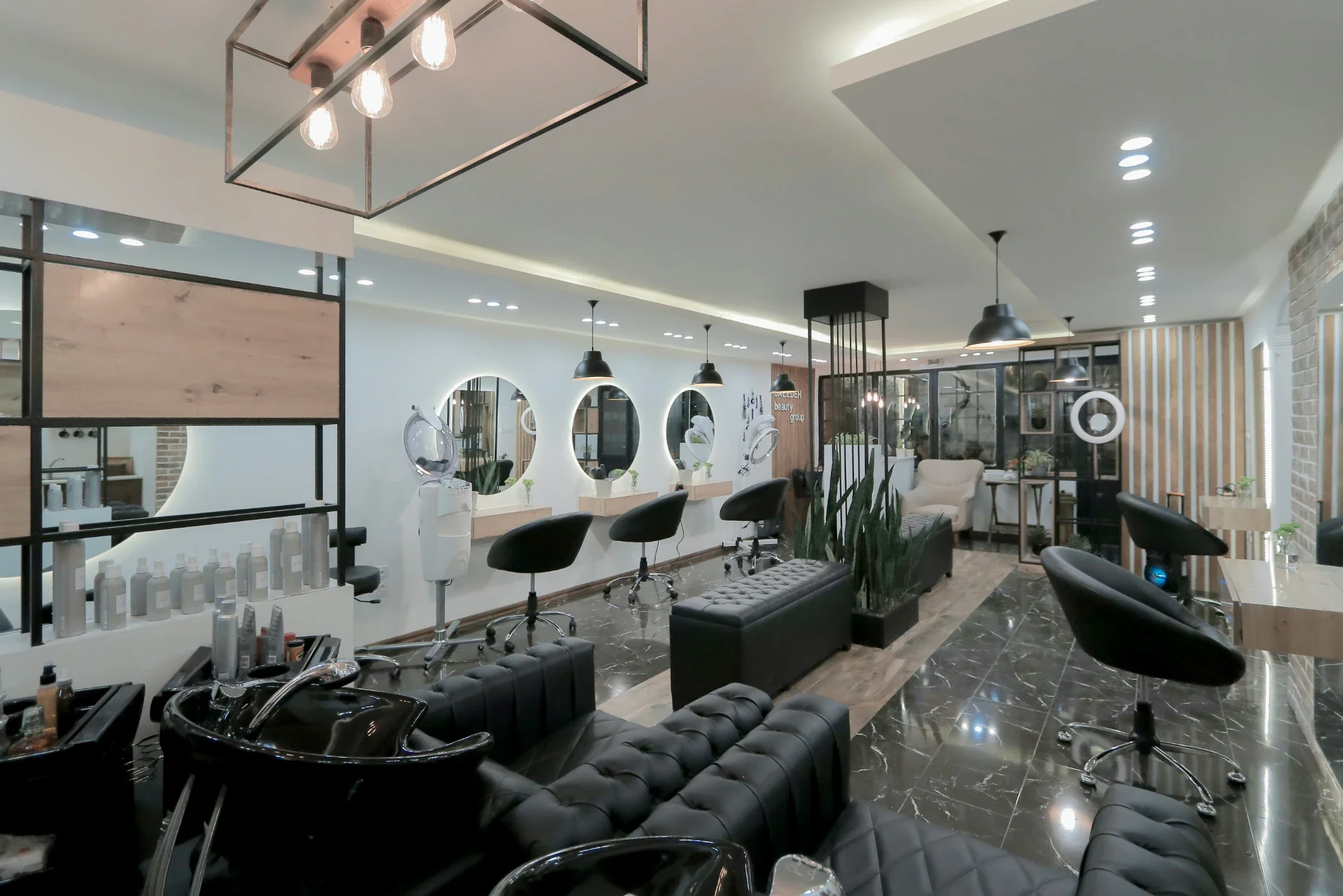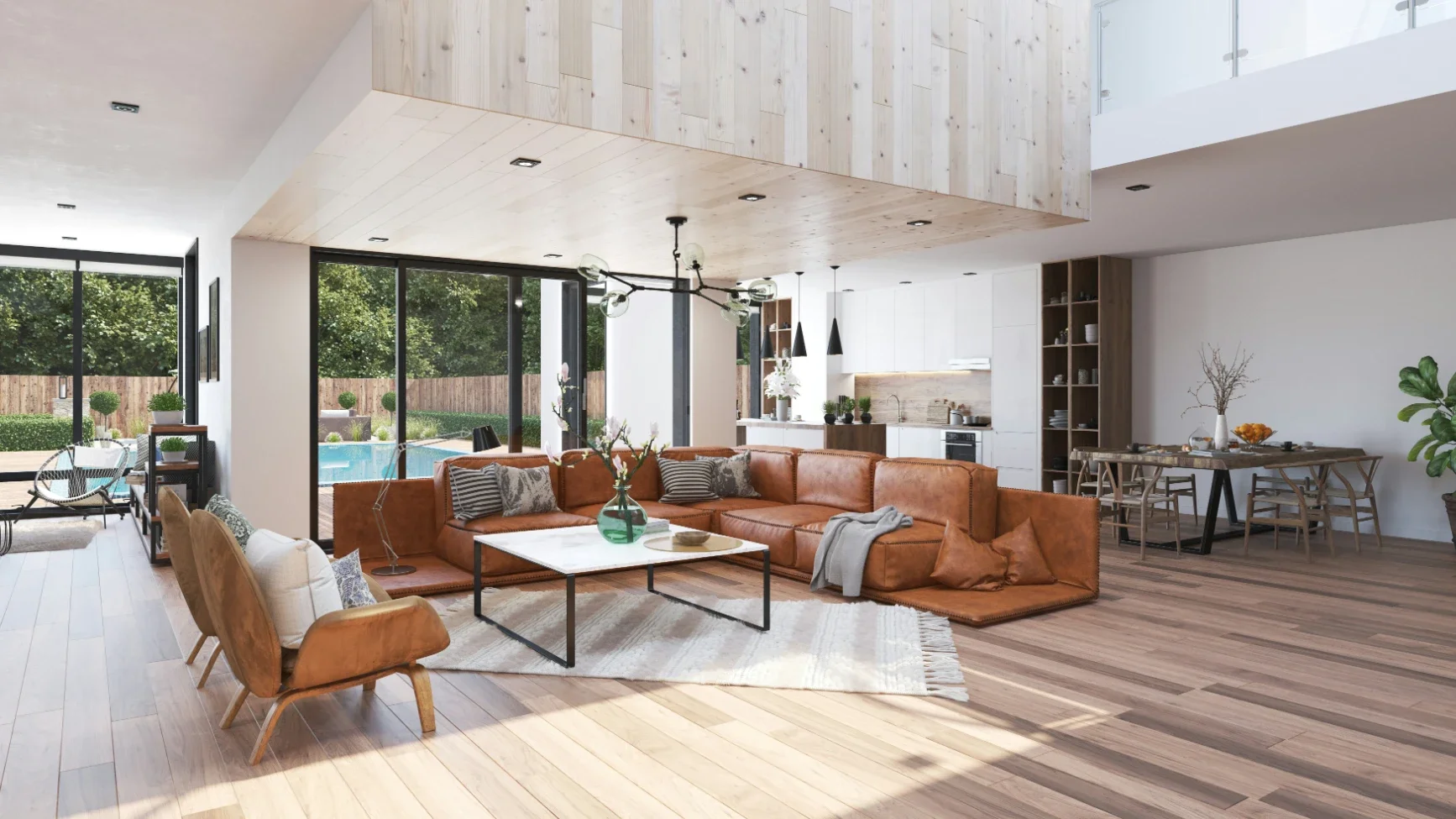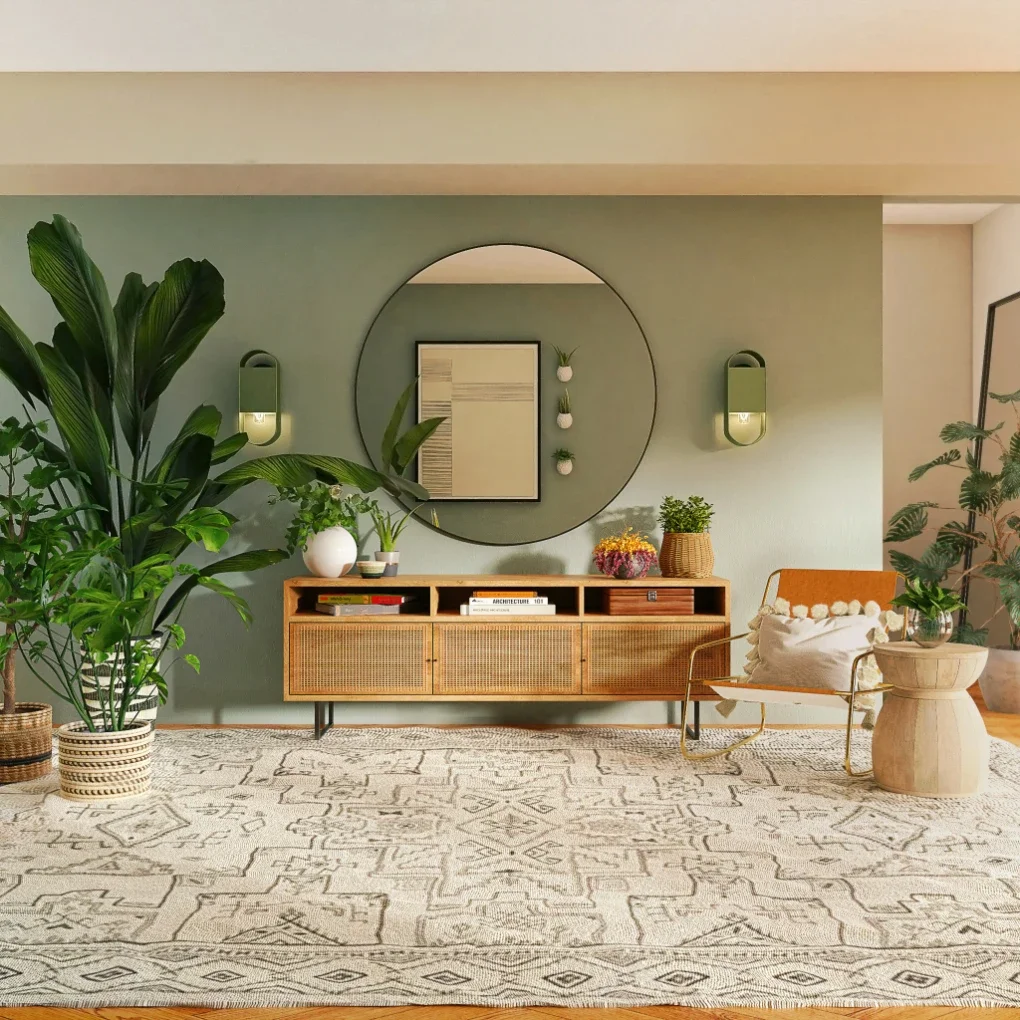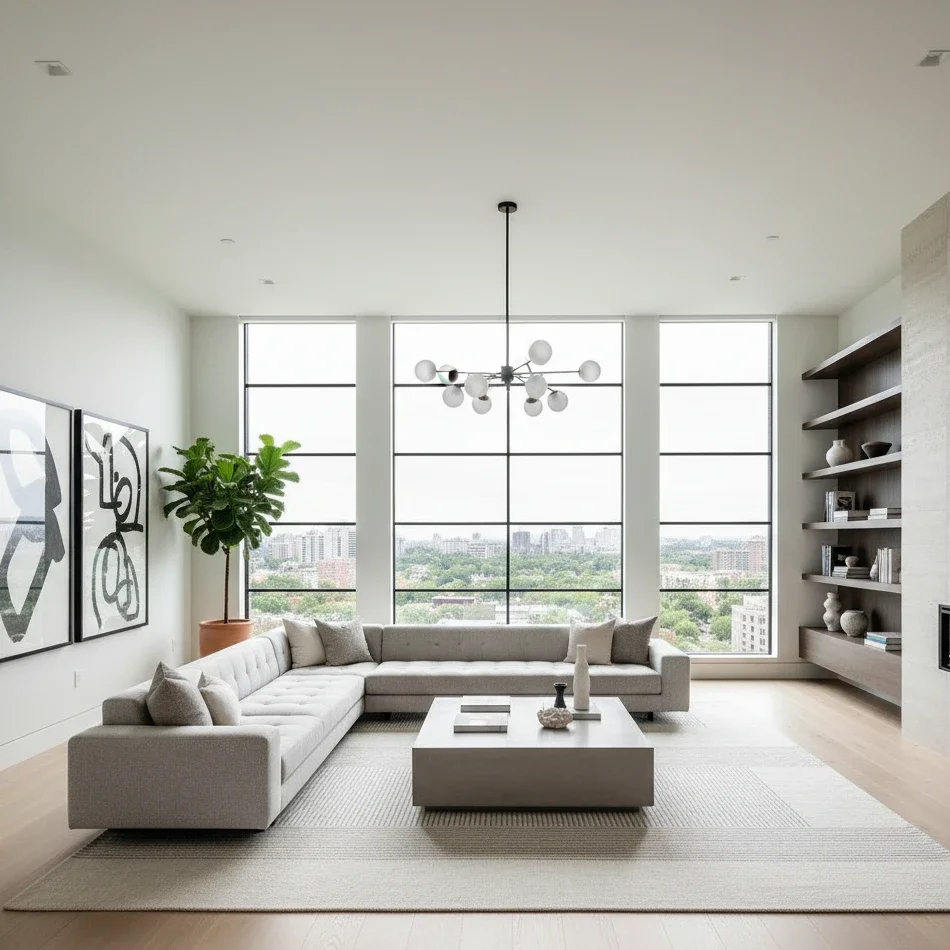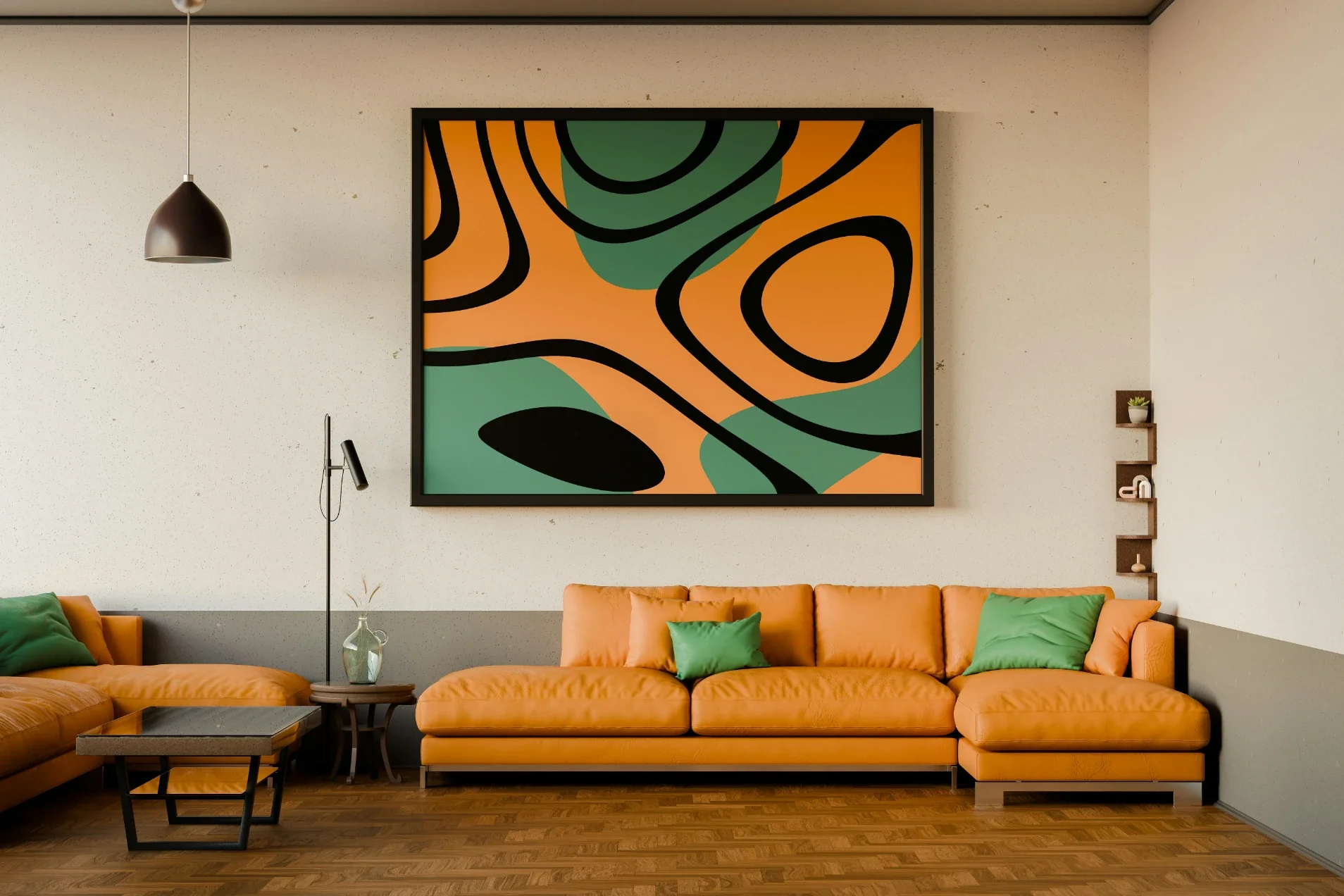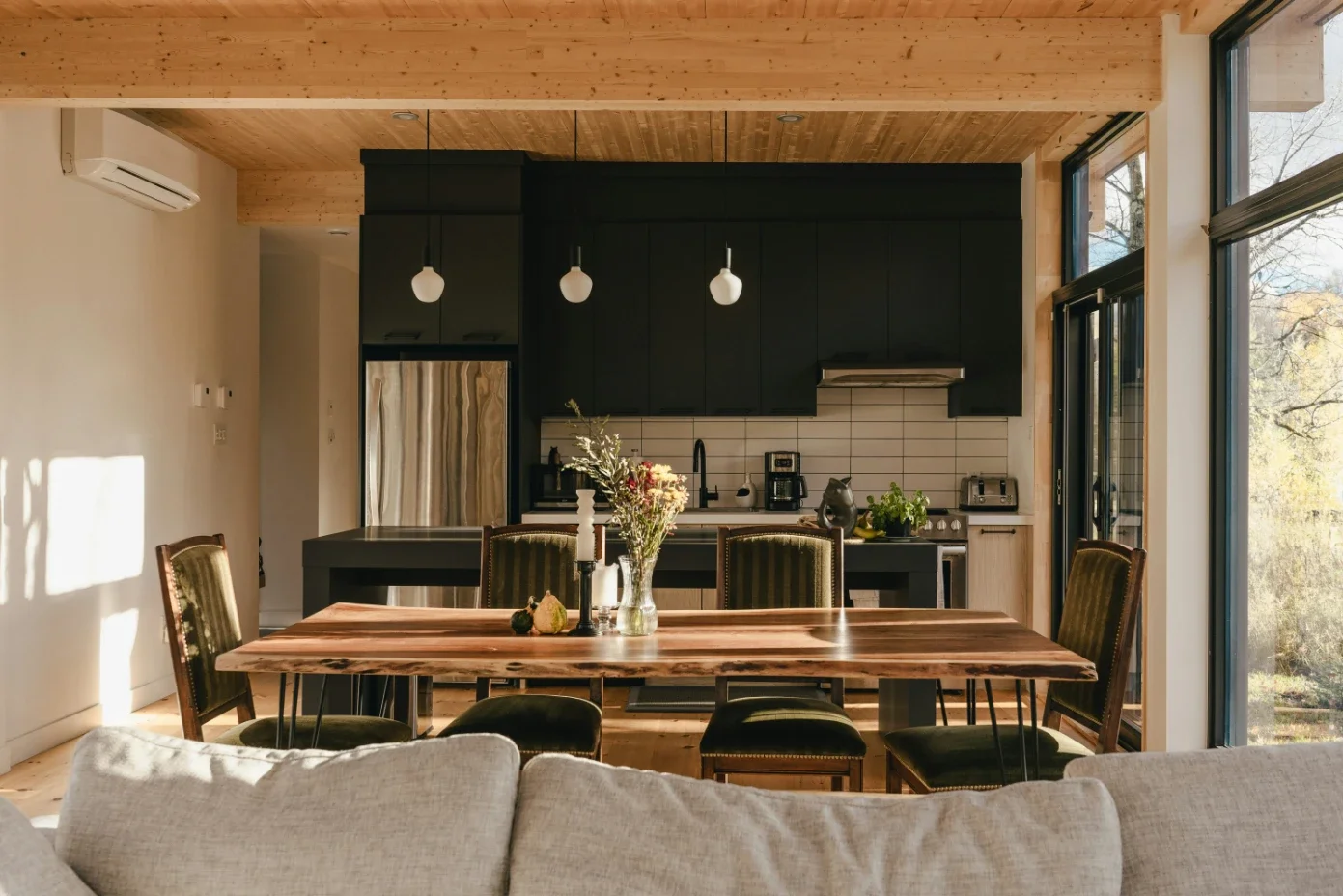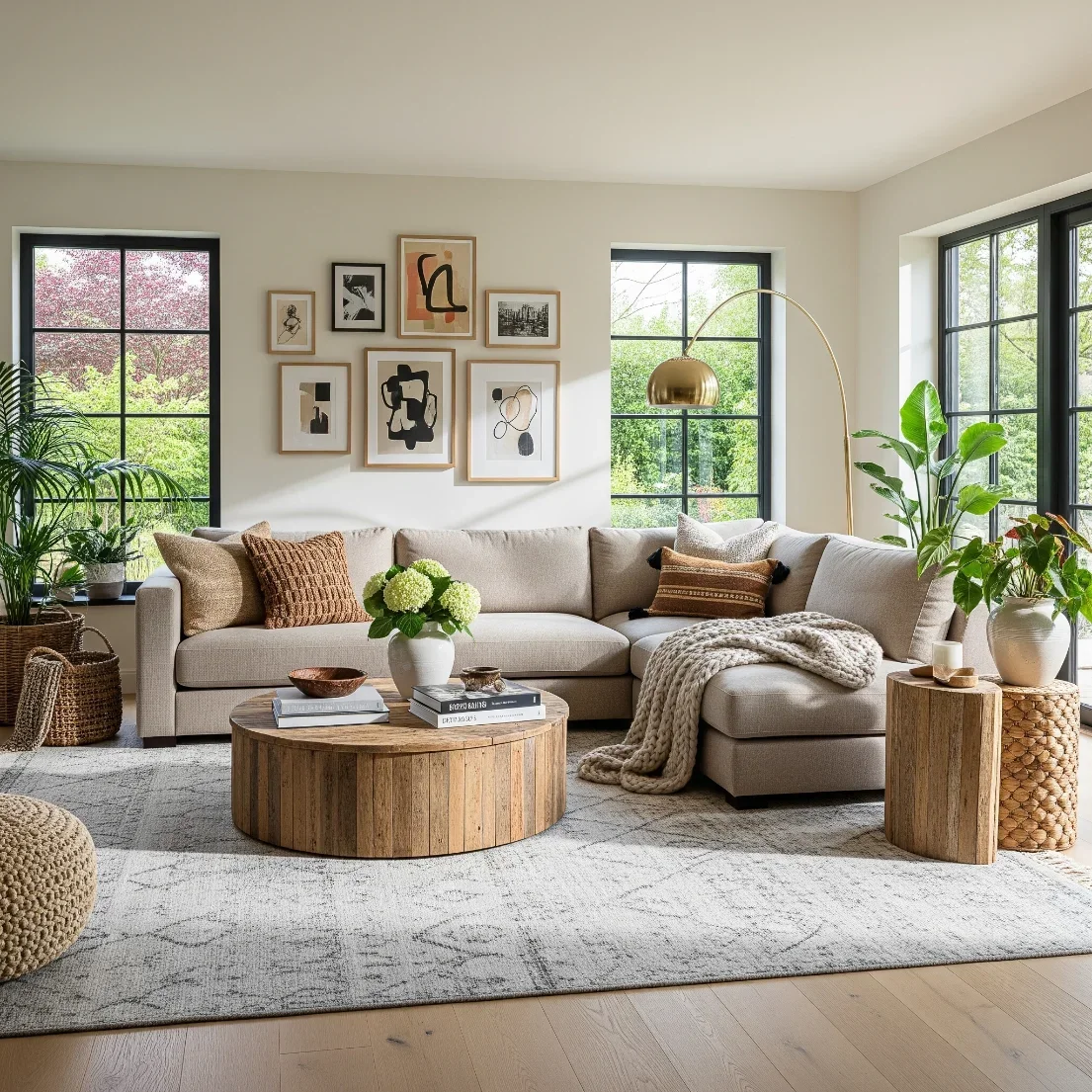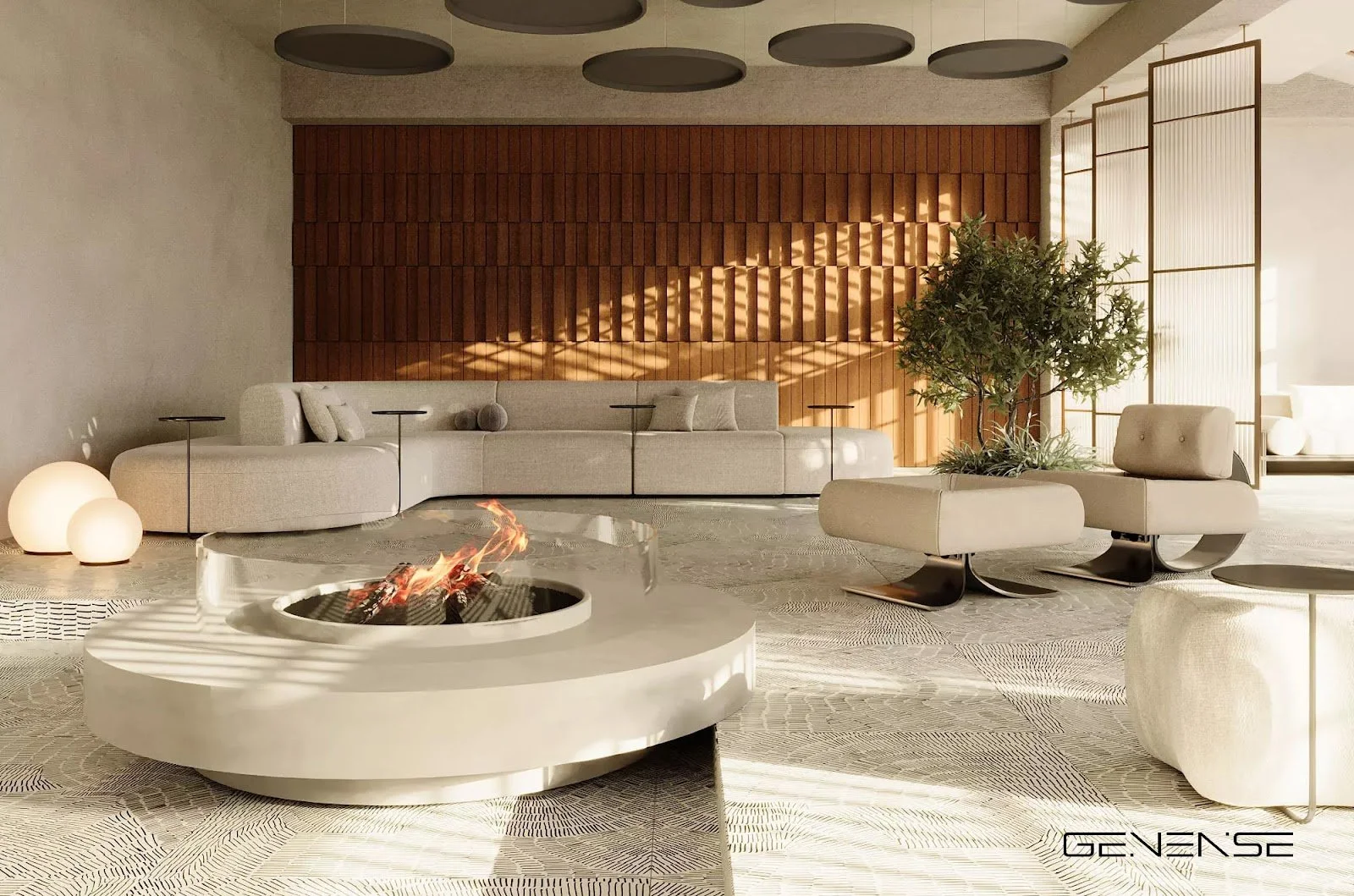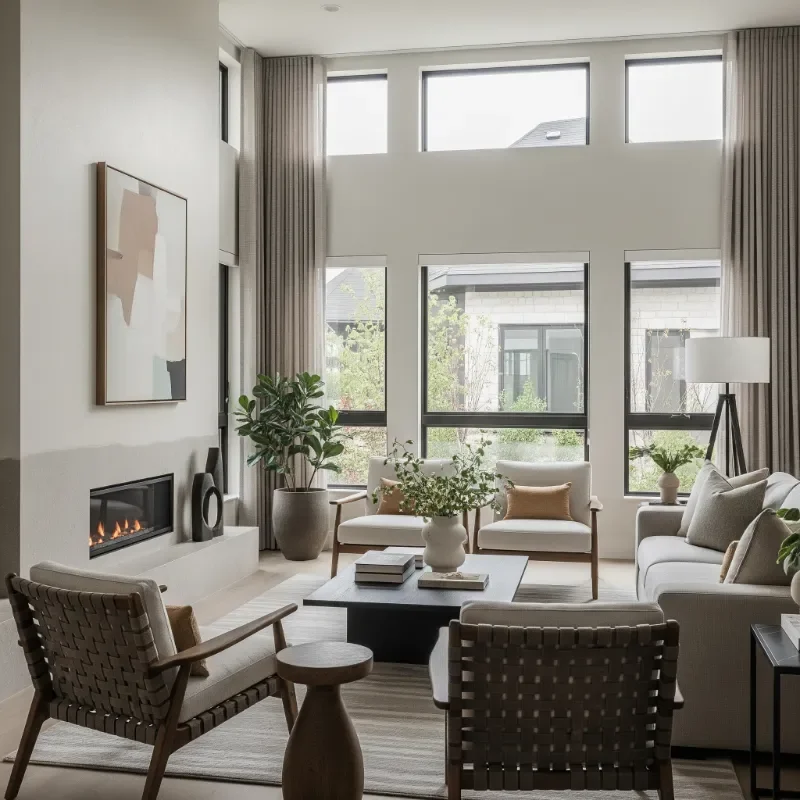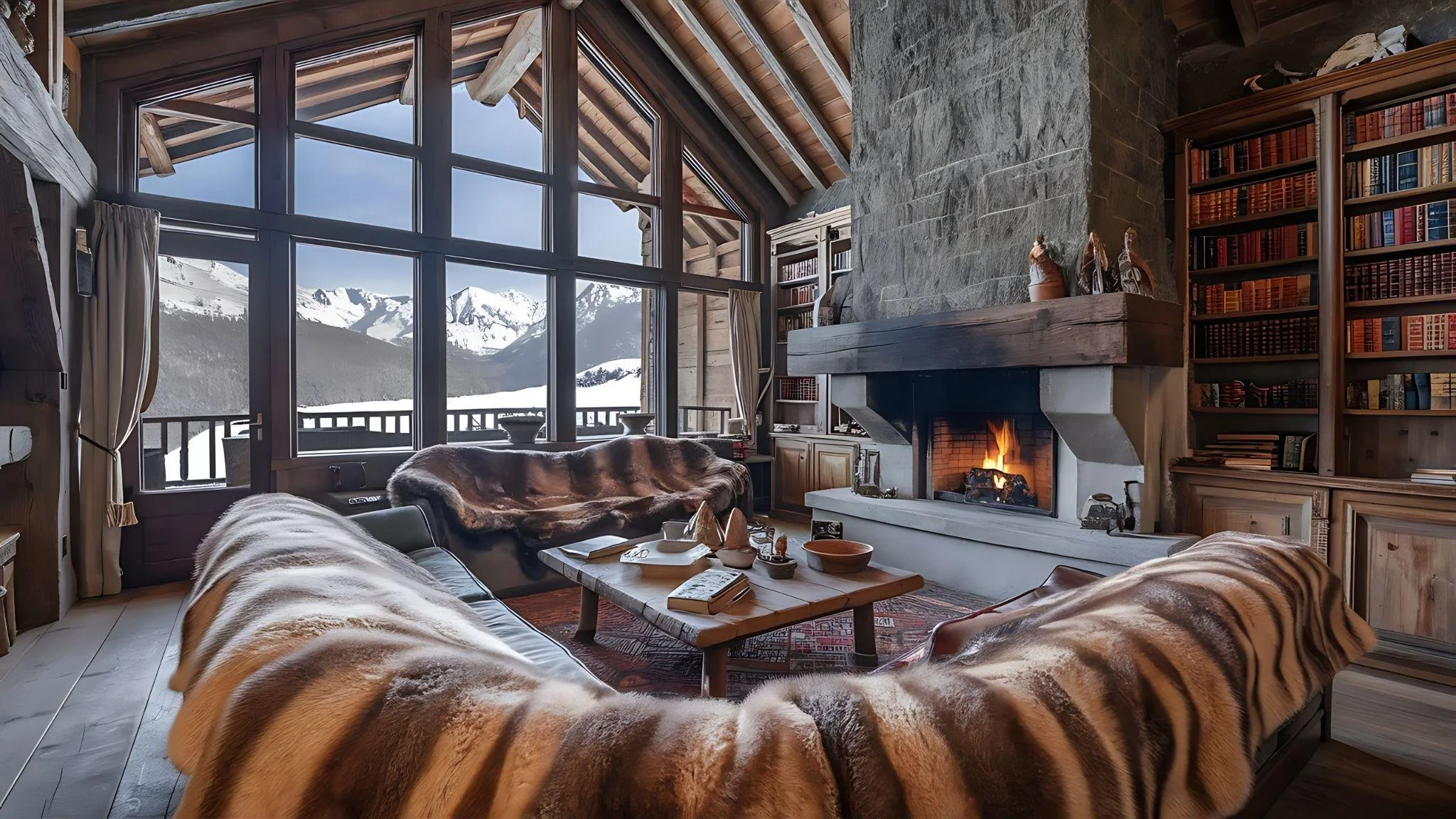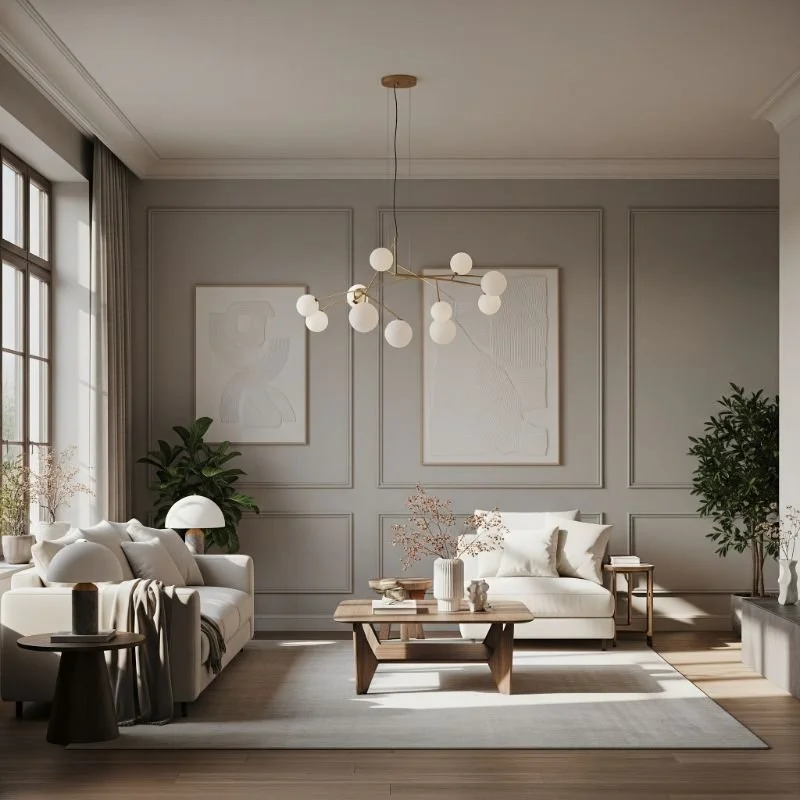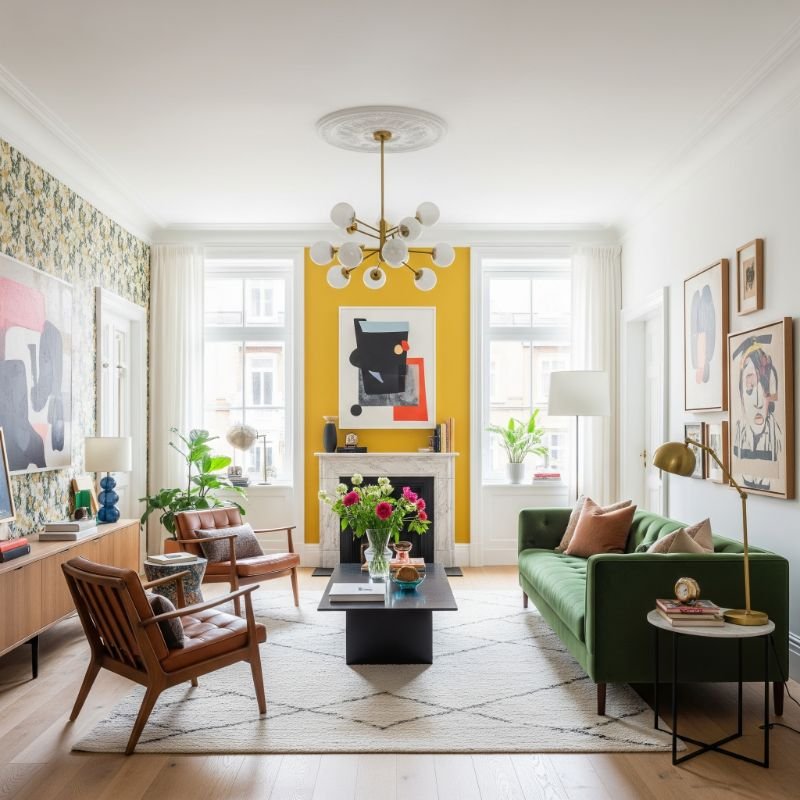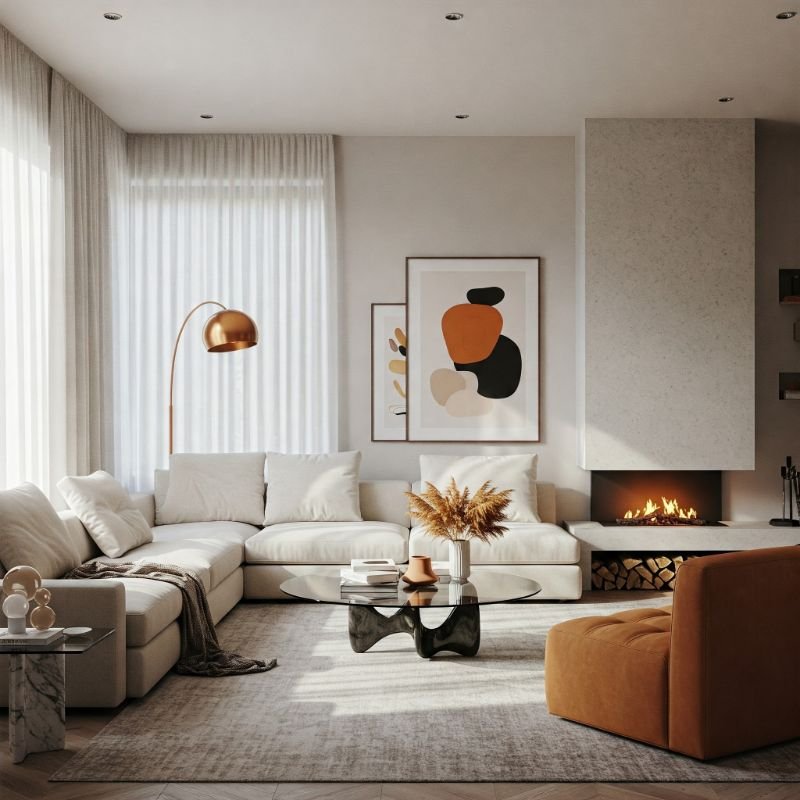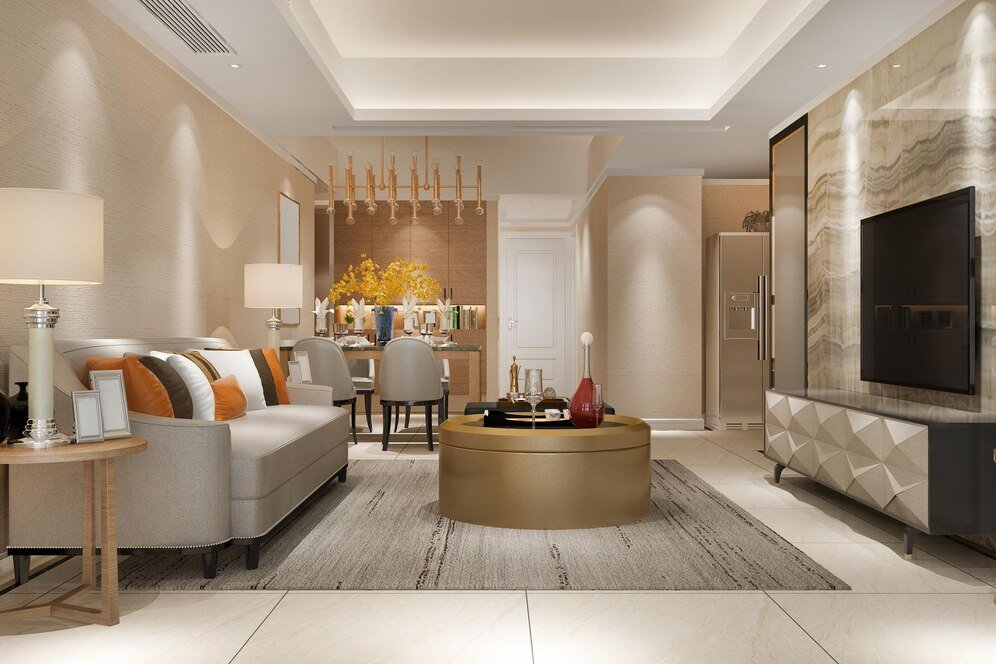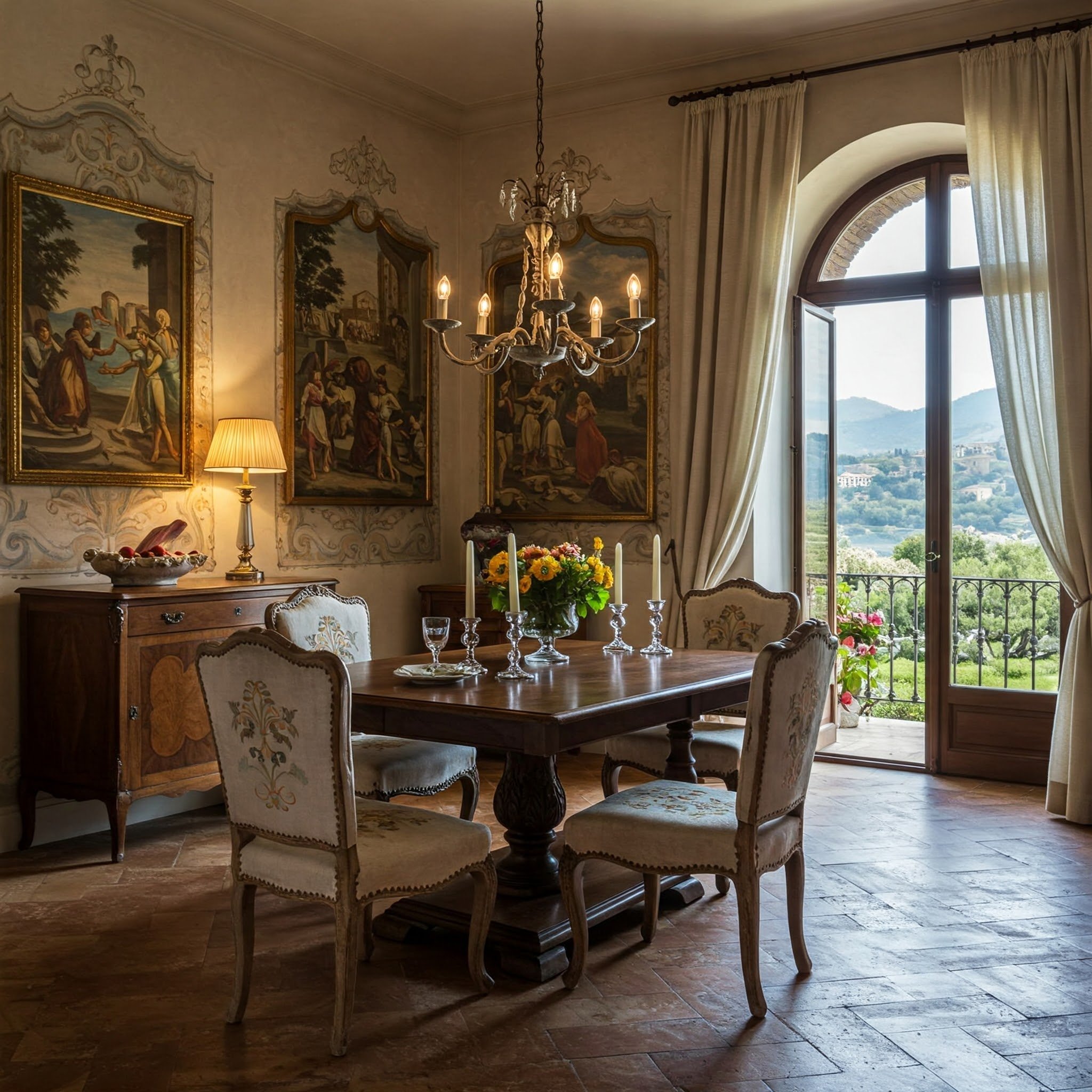Art as Identity: How Statement Pieces are Redefining Home Personality
Explore how bold art pieces transform living spaces, reflecting individuality and redefining home personality with creativity and emotional depth.
The traditional approach to home decorating—carefully arranging small decorative objects, throw pillows, and accent pieces—is giving way to a bold new philosophy where art takes center stage. Today's homeowners are discovering that a single, powerful piece of art can transform an entire room, serving as both the emotional heart and visual anchor of their living spaces.
This shift toward art-centric design reflects a deeper desire for authentic self-expression in our homes. Rather than following prescribed decorating formulas, homeowners are embracing trendy canvas art prints and other statement pieces that tell their personal stories and create immediate emotional impact. With 58% of consumers now preferring custom or personalized art pieces that reflect their interests and family connections, it's clear that art has evolved from mere decoration to a meaningful centerpiece that defines home personality.
The Rise of Oversized Art as Room Anchors
The most dramatic shift in contemporary home design is the movement toward oversized, bold art pieces that command attention and set the tone for entire spaces. Interior designers report that 41% now identify large-scale art as a signature element in high-end homes and offices, marking a fundamental change in how we approach room composition.
This trend represents more than just a preference for bigger pieces—it's about creating immediate visual hierarchy and emotional resonance. Where homeowners once relied on multiple smaller elements to build atmosphere, a single large canvas or dramatic print can now establish mood, color palette, and personality in one decisive stroke. The psychological impact is profound: guests enter a room and immediately understand the homeowner's aesthetic vision and personal taste.
The practical benefits are equally compelling. Large art pieces eliminate the guesswork of coordinating multiple decorative elements, simplifying the design process while creating more sophisticated, gallery-like environments. This approach works particularly well in open-plan living spaces, where oversized art can define different zones and create visual continuity across large areas.
Professional interior designers are increasingly recommending this approach for its ability to create instant sophistication and visual impact. The investment in one significant piece often proves more cost-effective than purchasing multiple smaller decorative items, while delivering far greater transformative power for the space.
Balancing Minimalism and Maximalism Through Strategic Art Placement
The beauty of art-centric design lies in its versatility across different aesthetic philosophies. Minimalist homeowners are discovering that a single, carefully chosen piece can add warmth and personality without creating visual clutter, often focusing on texture and subtle color contrasts that complement clean, unadorned spaces.
Meanwhile, the resurgence of maximalism has created opportunities for more adventurous art integration. This curated abundance approach emphasizes personal storytelling through layered colors, patterns, and textures, with art serving as the primary vehicle for expressing individuality. Maximalist spaces might feature gallery walls, mixed media pieces, or bold prints that interact dynamically with rich furnishings and varied textures.
The key to success in either approach lies in understanding fundamental design principles. Color theory becomes crucial when selecting art that will anchor a room's palette, while scale and placement determine whether a piece enhances or overwhelms the existing architecture. Smart homeowners are learning that the most effective art choices create dialogue with their surroundings rather than competing for attention.
The integration of art into both design philosophies also reflects changing lifestyle priorities. As remote work becomes more prevalent, homeowners are investing in creating inspiring environments that support both productivity and personal well-being, with art serving as a crucial element in establishing the right emotional atmosphere.
Emerging Trends: Interactive Elements and Sustainable Choices
Contemporary art integration is expanding beyond traditional static pieces to include interactive and experiential elements that engage occupants on multiple sensory levels. Smart wallpaper, dimensional prints, and textured surfaces that change with lighting conditions are transforming walls into dynamic, living elements of interior design.
The sustainability movement is also reshaping art choices, with eco-friendly materials and production methods becoming increasingly important to environmentally conscious homeowners. This trend toward sustainable art aligns with broader environmental concerns in interior design, adding layers of authenticity and responsibility to personal expression. Art Nouveau motifs are experiencing a modern revival, incorporating high-contrast colors and oversized botanical patterns while utilizing innovative materials like dichroic films that create stunning light interactions.
Technology is playing an increasingly important role in how art functions within homes. Digital art displays that can rotate through collections, lighting systems that enhance artwork at different times of day, and even augmented reality applications that allow homeowners to preview pieces before purchase are becoming more accessible and sophisticated.
These developments reflect a sophisticated understanding of art's role in creating not just beautiful spaces, but meaningful ones. As homeowners become more intentional about their design choices, art serves as both aesthetic anchor and personal manifesto, transforming houses into true reflections of the people who inhabit them.
